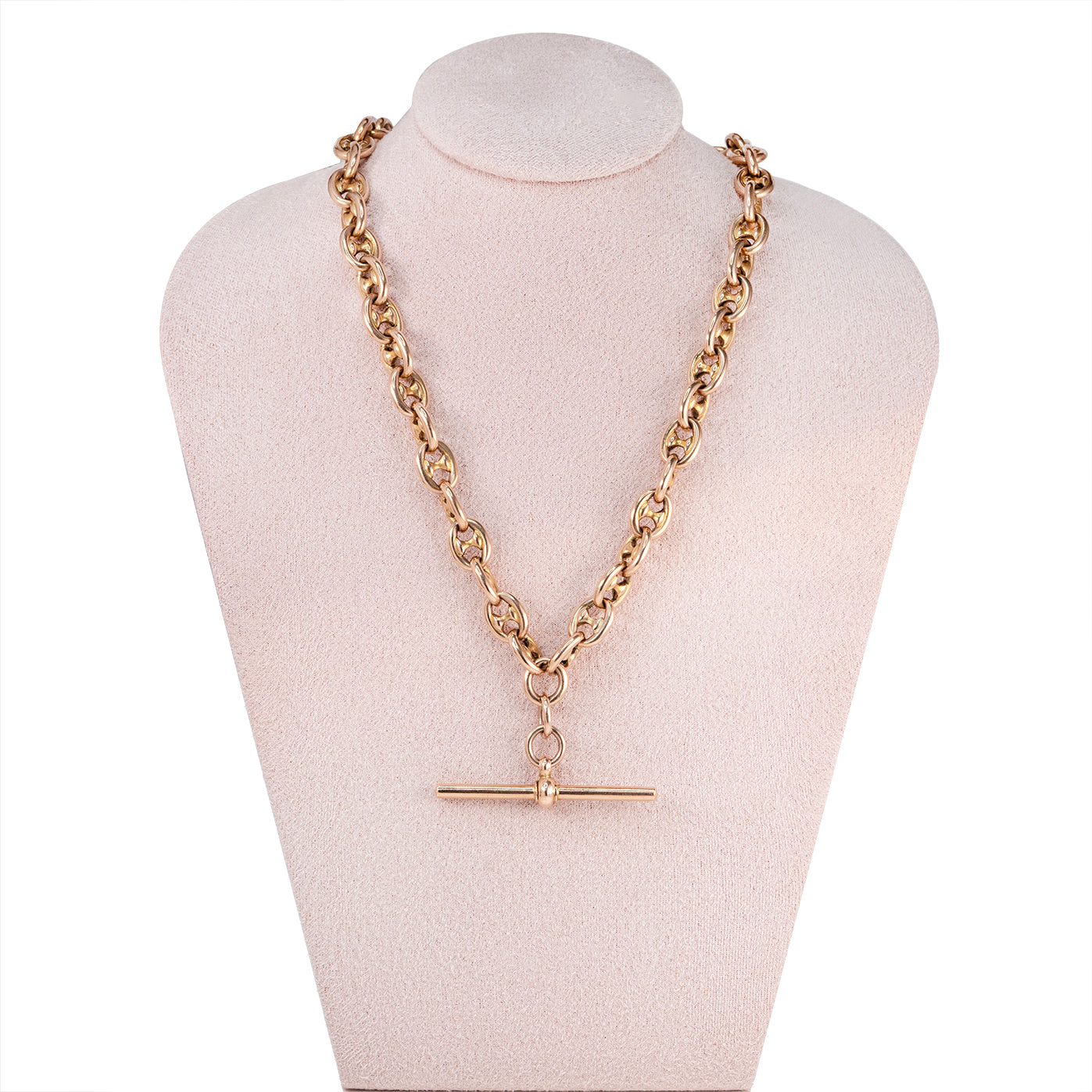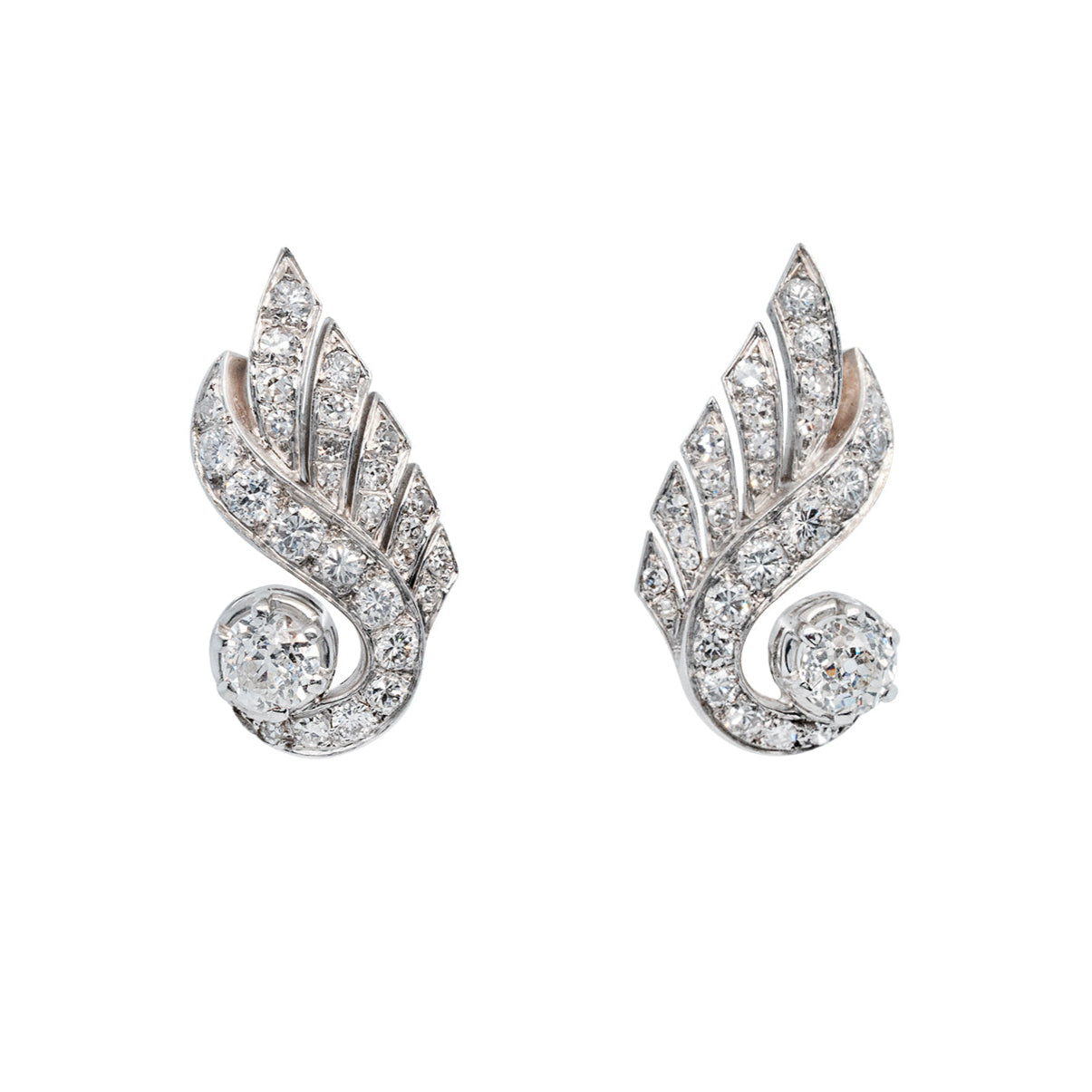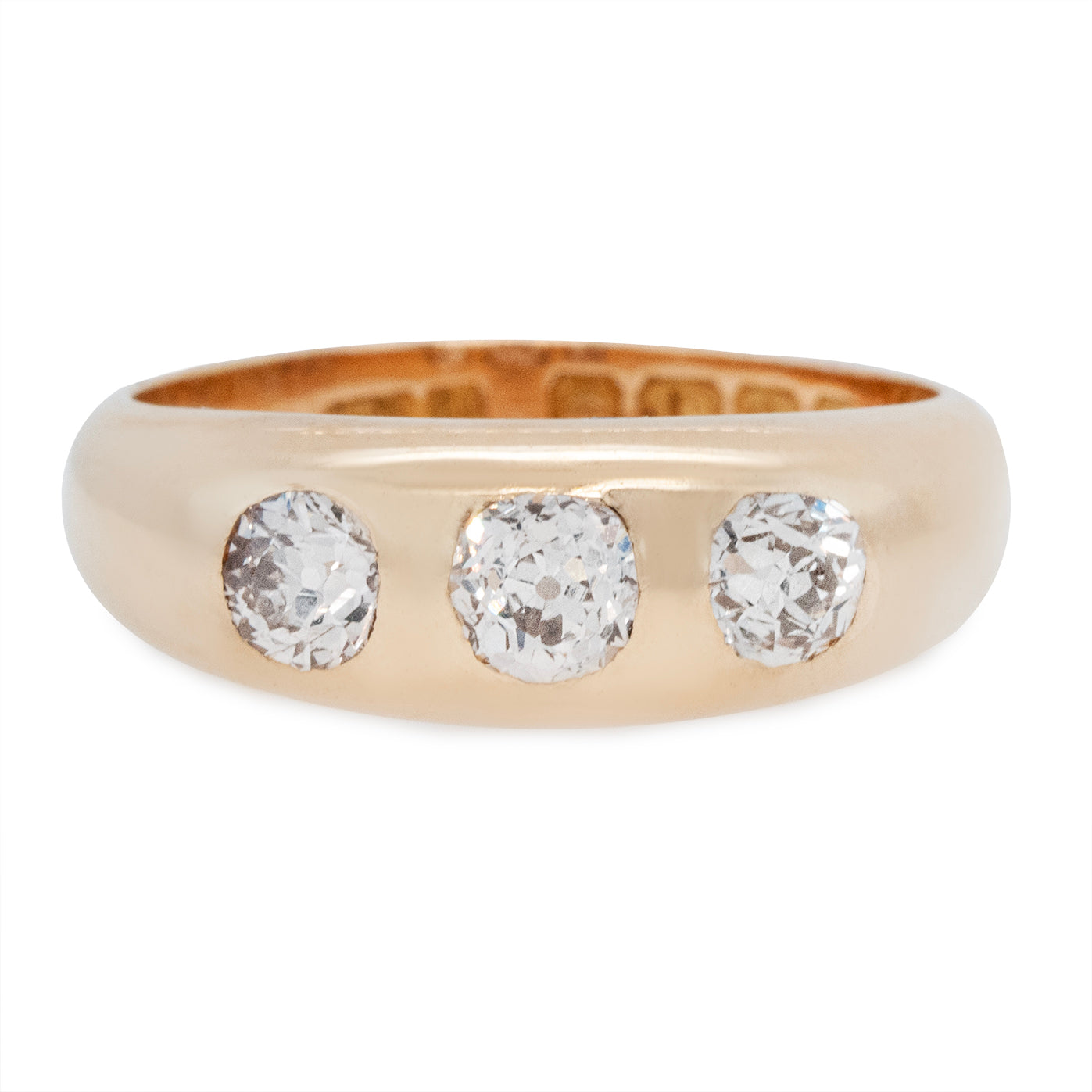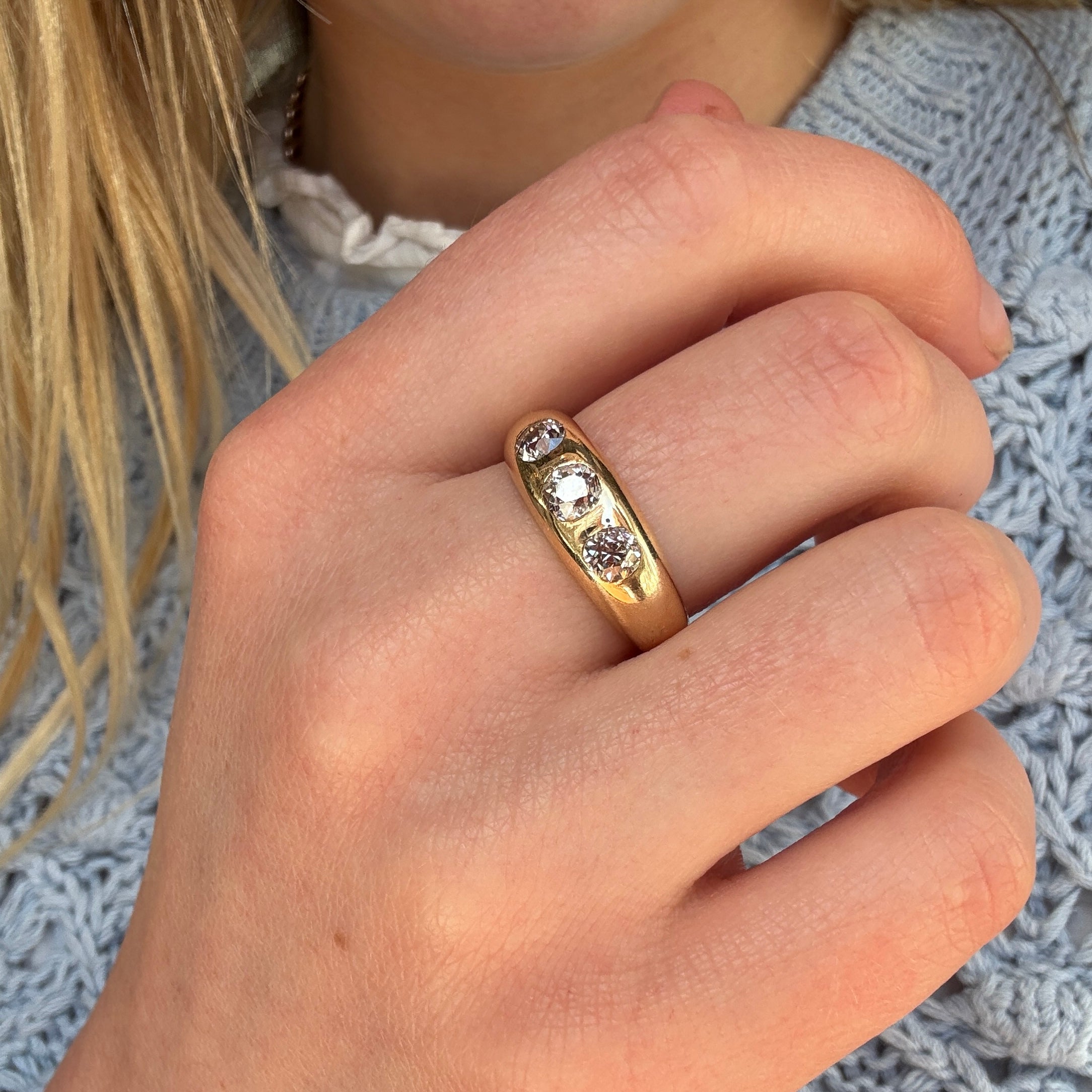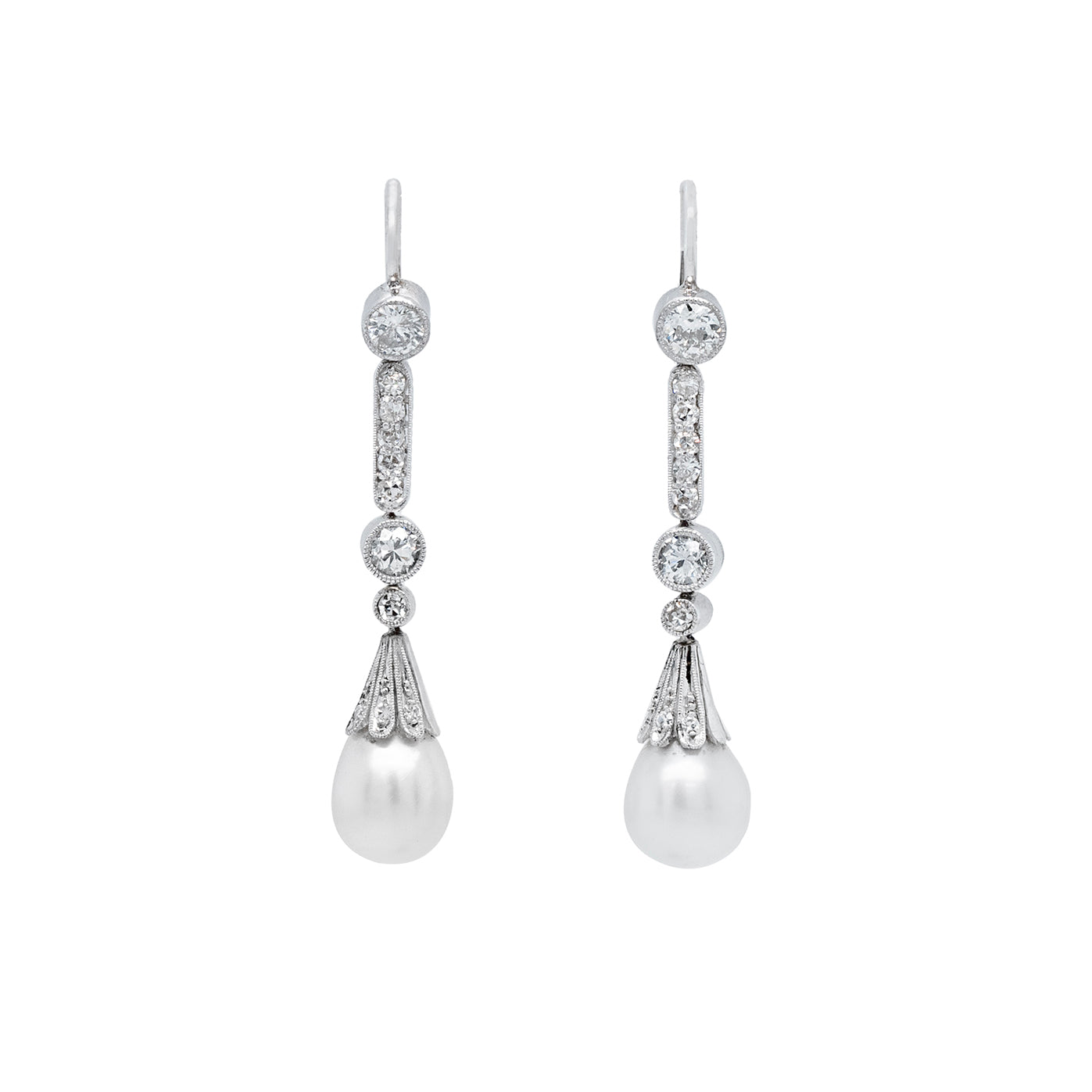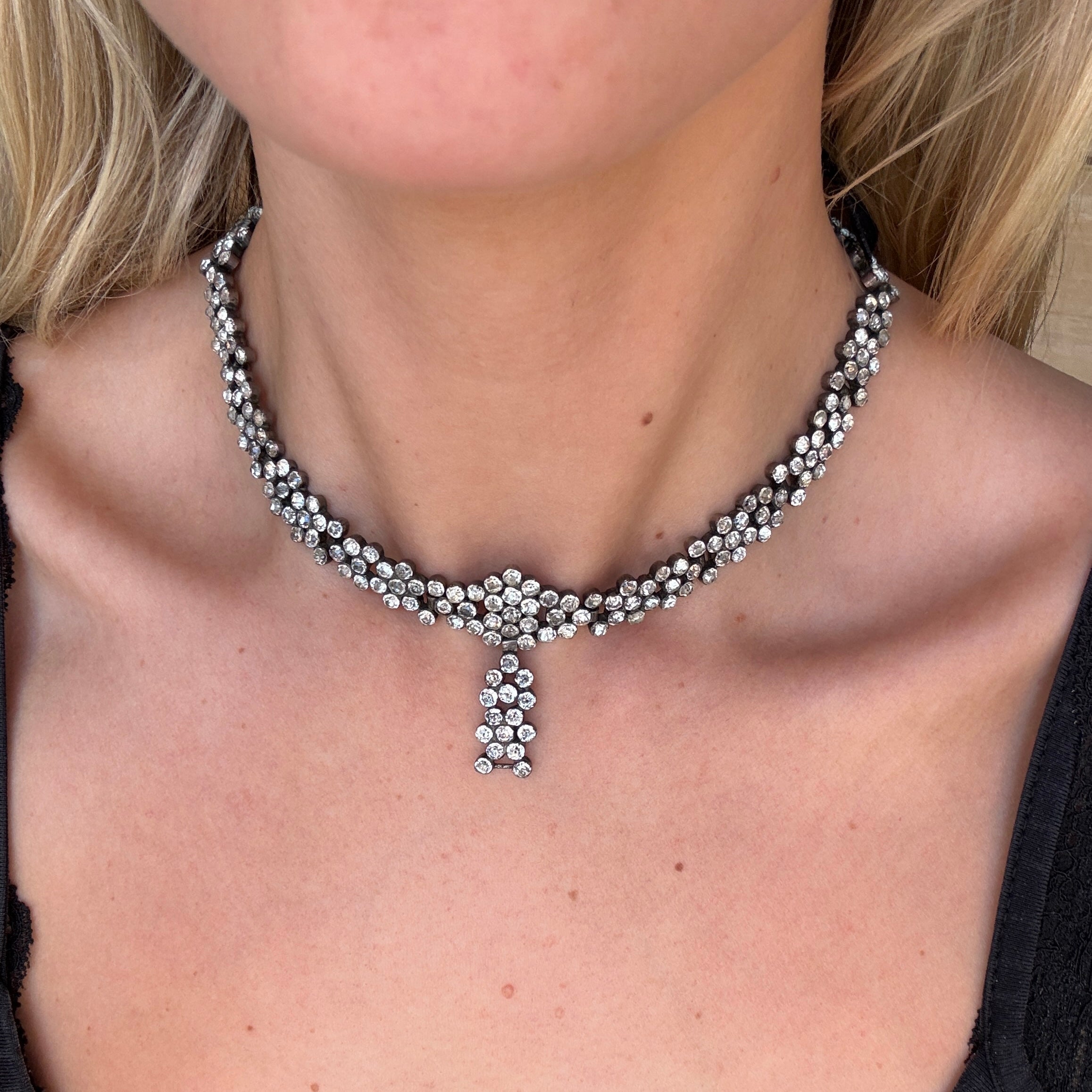The Fascinating History of Paste Jewellery
In the glittering salons of 18th-century Europe, under the soft glow of candlelight and chandeliers, jewels sparkled on the necks and ears of the fashionable elite. But not all of these dazzling stones were diamonds. Many were paste—and deliberately so.
Far from being mere imitations, paste jewellery was once at the forefront of elegance, ingenuity, and craftsmanship. Its story is a captivating chapter in the history of adornment—where artistry, social shifts, and clever invention came together to create pieces that still dazzle collectors today.
What Is Paste?
Paste is a type of high-lead-content glass, expertly cut and polished to imitate the brilliance of gemstones—particularly diamonds. Thanks to its high lead content, paste has a denser structure and greater refractive qualities, allowing it to sparkle almost as brightly as the real thing.
Antique paste was often foil-backed—a thin layer of coloured foil placed behind the stone to reflect light and enhance its appearance. When set in silver or gold using traditional techniques, paste jewellery could be every bit as striking as pieces made with precious gems.
Parisian Origins: The Rise of Paste in the 18th Century
Paste’s popularity soared in 18th-century France, where it became a fashionable and practical alternative to real gemstones. A pivotal figure in this movement was Georges Frédéric Strass, a Parisian jeweller who perfected the formula for leaded glass and made it a sensation among the upper classes. His name became so synonymous with this sparkling invention that in some countries, paste stones are still called "strass".
At the French court—and later throughout Europe—paste jewellery was seen not as a poor substitute, but as a clever and stylish solution. It allowed aristocrats to wear opulent jewellery at balls and public events without risking their priceless heirlooms. It also made it easier to travel with a matching suite of jewels, keeping the real diamonds safely locked away at home.
Georgian and Victorian Paste: Symbolism and Style
In Britain, paste jewellery reached new heights during the Georgian (1714–1830) and Victorian (1837–1901) eras. Georgian examples often feature large, rose-cut stones in closed-back settings, designed to shimmer in candlelight. The craftsmanship was meticulous, with many pieces rivalling or exceeding the beauty of those set with natural gems.
The Victorian period embraced paste for its sentimental and symbolic value. Heart-shaped brooches, floral motifs, stars, and mourning jewellery were all crafted with paste stones. These pieces weren’t about deception—they were about sentiment, affordability, and creative design. Queen Victoria’s own love of personal and emotive jewellery only further popularised these styles across the British Empire.
The Democratic Gem
Paste jewellery’s popularity stemmed not only from its beauty, but from its accessibility. As the middle class grew throughout the 19th century, more people wanted to participate in the rituals and aesthetics of fine jewellery. Paste allowed women to wear bold, luxurious pieces that matched the fashions of the time—without the prohibitive cost.
Even those who could afford diamonds often commissioned paste replicas for travel or evening wear. Paste was admired not just as a substitute, but as an elegant medium in its own right.
Edwardian and Art Deco Elegance
By the Edwardian and Art Deco periods, paste had evolved once again—this time reflecting the streamlined elegance of the early 20th century. White metals, platinum-like settings, and geometric designs all made use of paste’s versatility and lustre. These pieces, often mistaken for the real thing, still hold immense appeal for collectors and fashion lovers today.
Why Collect Paste Jewellery?
Antique paste jewellery is treasured not only for its radiant beauty but for its rich cultural and social history. Each piece reflects the tastes, values, and innovations of its time. Whether it’s a Georgian cross, a Victorian locket, or a pair of Edwardian drop earrings, paste pieces offer artistry without pretence—objects of charm, romance, and timeless appeal.
They’re also wonderfully wearable: light-catching, comfortable, and full of old-world glamour.
Caring for Antique Paste
Because paste is more delicate than gemstones, a little extra care is key:
-
Avoid water, heat, or harsh cleaners, as moisture can affect foil backing.
-
Clean gently with a dry, soft cloth and a fine brush.
- Store paste jewellery separately, in a dry box, to prevent scratches and tarnish.
Featured Paste Jewellery from Charlotte Sayers
Georgian Paste Necklace (c. 1800–1820)
This quintessential Georgian necklace features foil-backed paste stones set in silver with a gold wash back. The central paste flower is surrounded by delicate leaf motifs, showcasing the intricate design typical of the era.
Price: £1,250
View Item
Georgian Paste Necklace with Removable Drop (c. 1780)
A charming necklace comprising paste and silver elements on a black velvet ribbon, featuring a removable drop pendant. This piece reflects the Georgian era's versatility and attention to detail.
Price: £1,250
View Item
Art Deco Paste Bracelet (c. 1920s)
A stunning silver line bracelet from the Art Deco period, adorned with bright paste stones that subtly imitate diamonds. The bracelet features engraved silver work, a gold wash on the back, and gold fittings on the clasp and safety catch.
Price: £480
View Item
